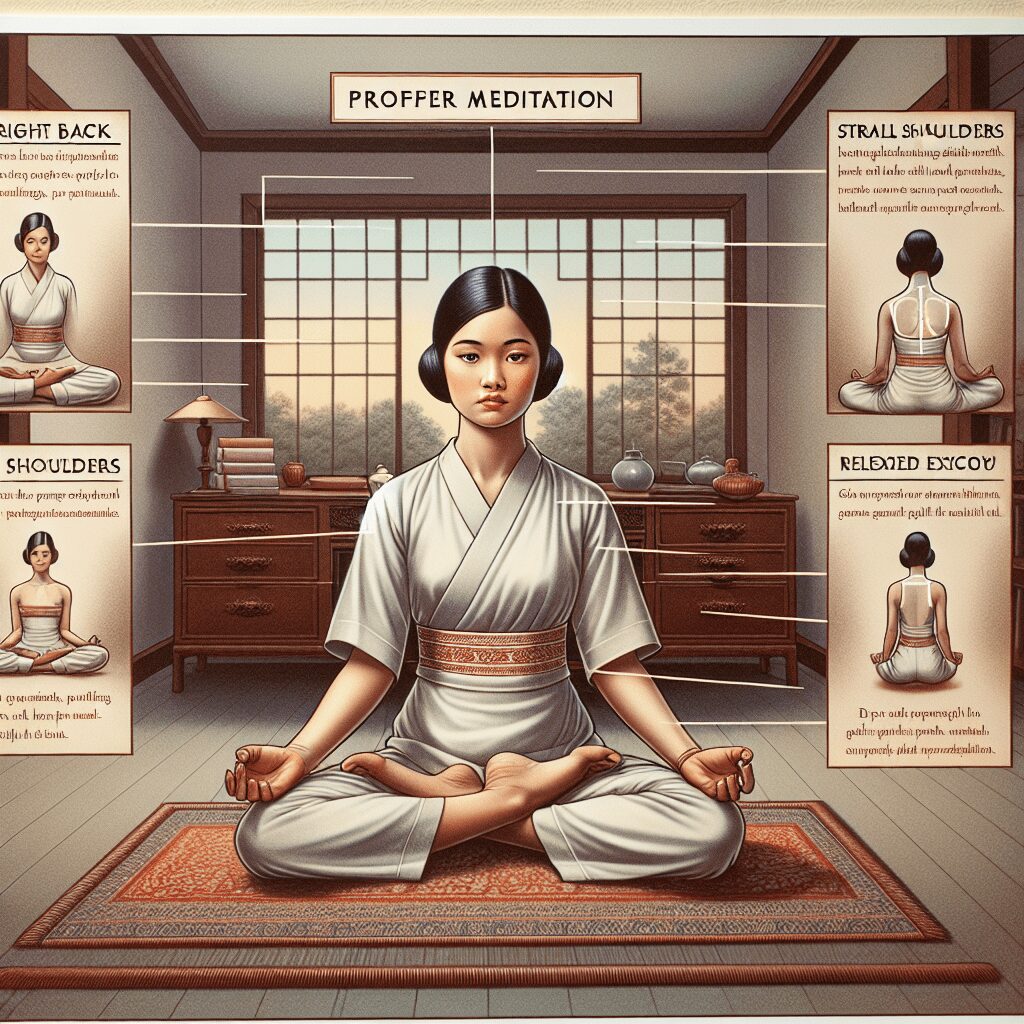
Prioritize your mental well-being daily. Enhance your life by nurturing your mental health with the Smart Meditation app. Break free from stress, alleviate anxiety, and enhance your sleep quality starting today.
How Yoga Helped Bad Children In Schools?
Yoga: A Game-Changer in Classroom Management
Picture this: a classroom that’s more like a battleground — chairs flying, voices reaching decibels worthy of a rock concert, and the teacher’s commands drowned in the cacophony. Now, imagine flipping this scene on its head. The same space is transformed into an oasis of calm, with children seated in lotus positions, their breaths synchronizing with the tranquility that envelops the room. Sounds like a miracle, doesn’t it? Well, numerous educators worldwide swear by the transformative power of yoga in achieving just that. Let’s dive into how this ancient practice has turned the tides for what many would label as “bad children” in schools.
The Magic Carpet Ride from Chaos to Calm
Yoga, a practice as old as time, has been the go-to regime for those seeking a blend of physical robustness and mental serenity. However, its entry into classrooms, particularly those with children facing behavioral challenges, has been nothing short of revolutionary. Here’s how it works its magic:
-
Stress Be Gone!: Honestly, the pressures on the young shoulders of schoolchildren today can be overwhelming. Yoga serves as the perfect stress buster. Through various asanas and mindful breathing, students learn to channel their stress into something positive. A calm mind equals a less reactive, more proactive child.
-
Focus Like a Lens: Ever tried to get a hyperactive child to concentrate? It’s akin to herding cats. However, through consistent practice of yoga, kids learn the art of focusing. Each pose requires concentration and balance – skills that, once honed on the mat, translate beautifully into academic performance.
-
The Pacifier Effect: Conflicts and classroom disruptions are often par for the course with children who struggle to manage their emotions. Yoga, with its emphasis on inner peace and self-reflection, helps these young ones adopt a more Zen approach to life’s provocations.
-
Eagle’s Wings for Self-esteem: A significant number of children tagged as “troublemakers” suffer from low self-esteem. Mastering a yoga pose can endow them with a sense of accomplishment, thereby boosting their self-confidence. This newfound self-assurance often spills over into other areas of their lives, painting their world in brighter hues.
Real-life Success Stories: A Testament to Transformation
The proof is in the pudding, or in this case, the peaceful poise of children who’ve undergone the yoga metamorphosis. Schools across the globe, from the bustling streets of New York to the serene landscapes of India, have documented remarkable changes. Chronic absentees are now keen attendees, eager to start their day with a sun salutation. Students who once found it impossible to sit still for five minutes are now engaging in mindful meditation sessions. Disciplinary referrals have plummeted, and academic scores have seen a notable uptick.
But don’t just take our word for it. Dive into the research, of which there’s plenty, corroborating the positive impact of yoga on children’s behavioral, emotional, and cognitive development. Interviews with educators who’ve implemented yoga programs paint a vivid picture of transformation. The narratives are compelling – stories of children who’ve swapped fists for peace signs, anger for understanding, and defiance for compliance.
So, What’s the Bottom Line?
Yoga isn’t just about bending your body into pretzellike shapes; it’s a holistic approach that nurtures the mind, body, and soul. Its introduction into the school curriculum has proven to be a masterstroke in managing what’s often misunderstood as bad behavior. These children aren’t inherently “bad”; they’re simply young beings trying to navigate a world teeming with challenges, sans the emotional and mental toolkit to do so. Yoga offers them this toolkit, wrapped in the ethos of love, patience, and understanding.
In essence, yoga hasn’t just “helped” bad children in schools — it’s redefined them, revealing the bright, capable, and calm individuals they’ve always been underneath the tumult. And if that’s not a compelling reason to say “Namaste” to yoga in schools, what is?





